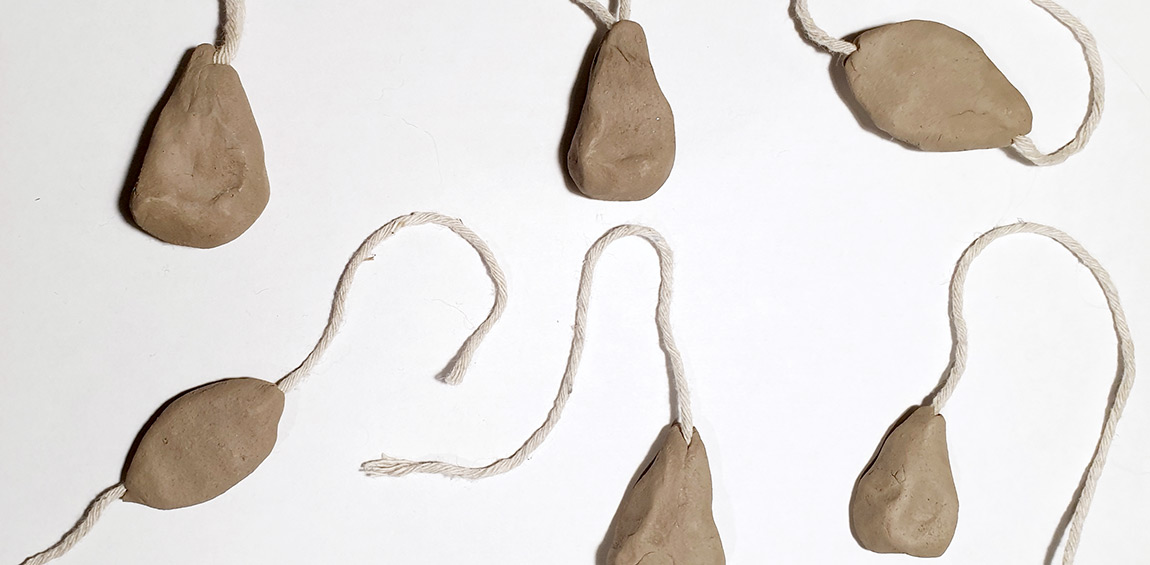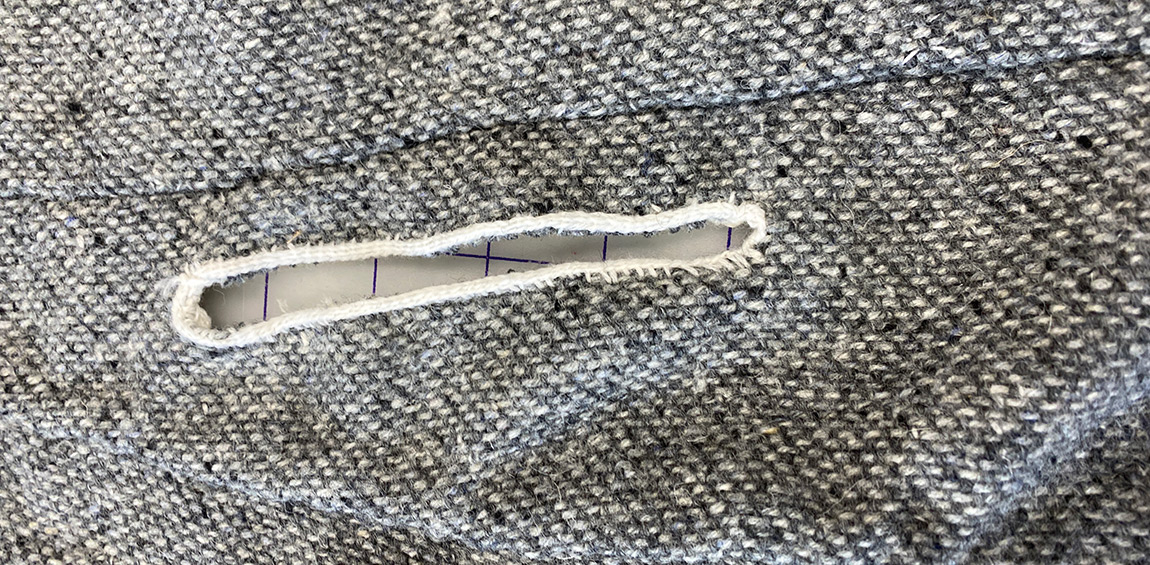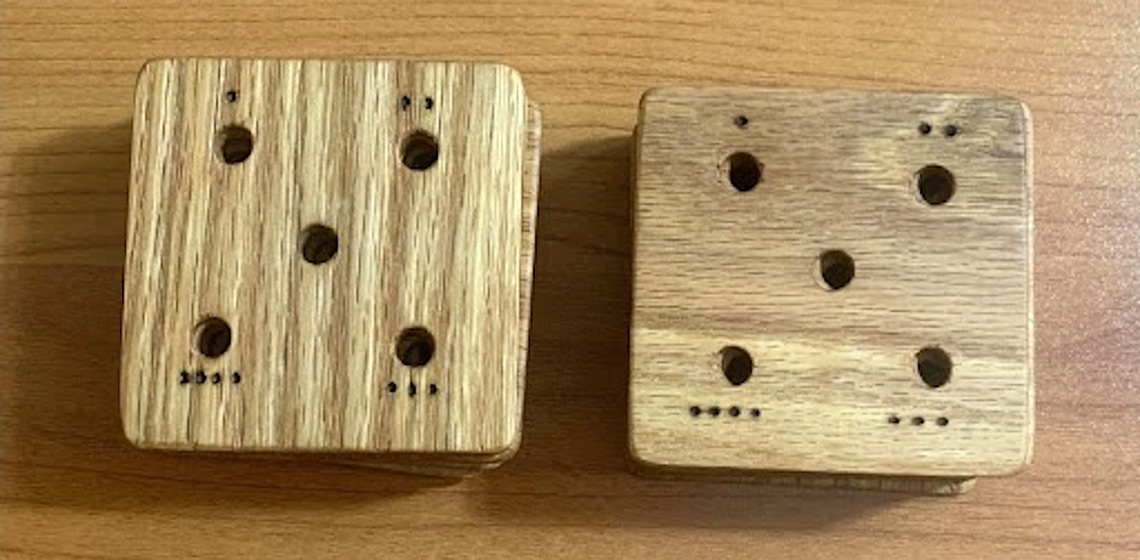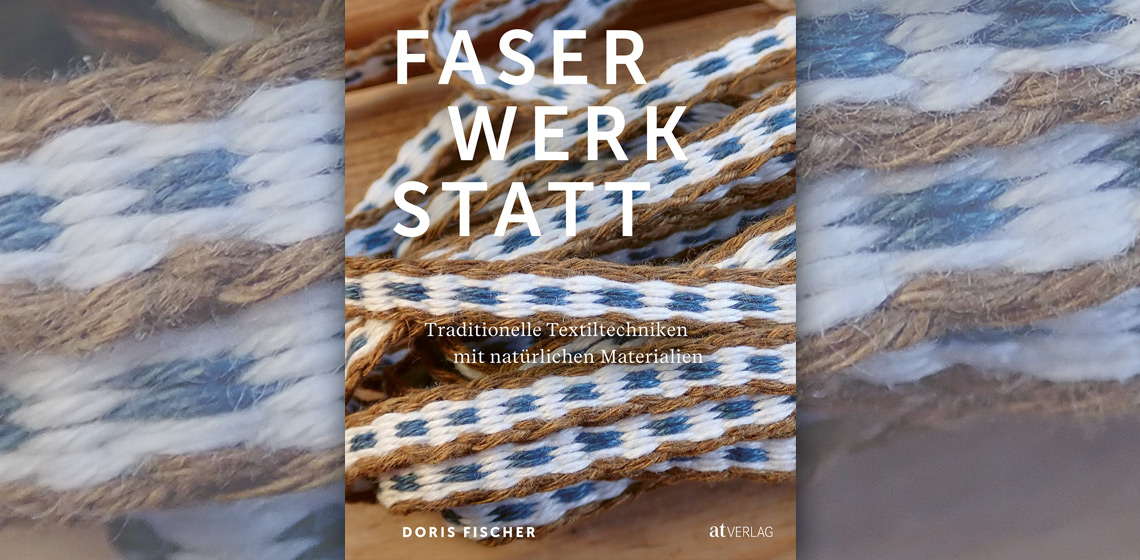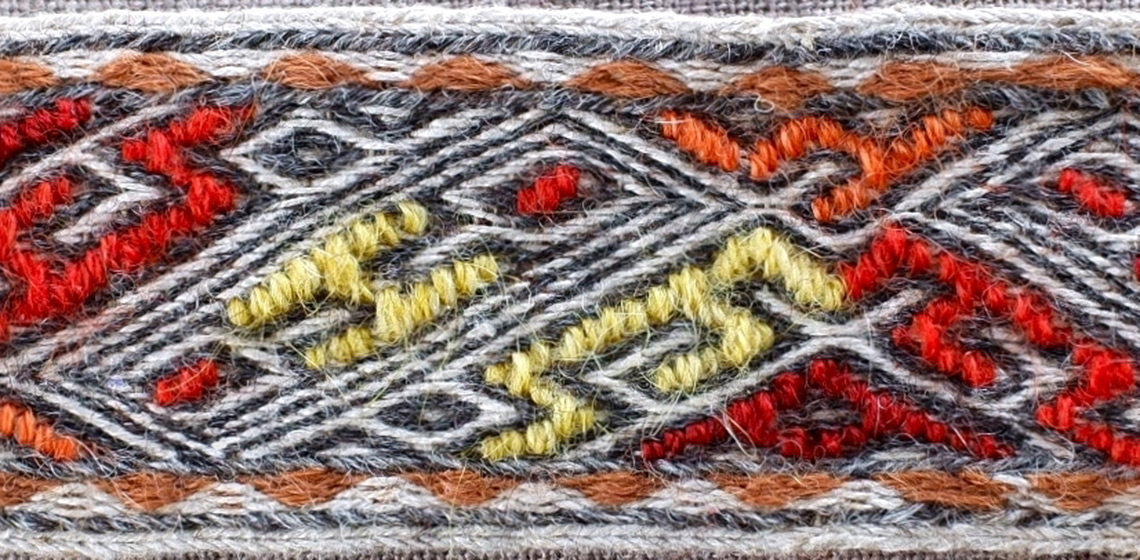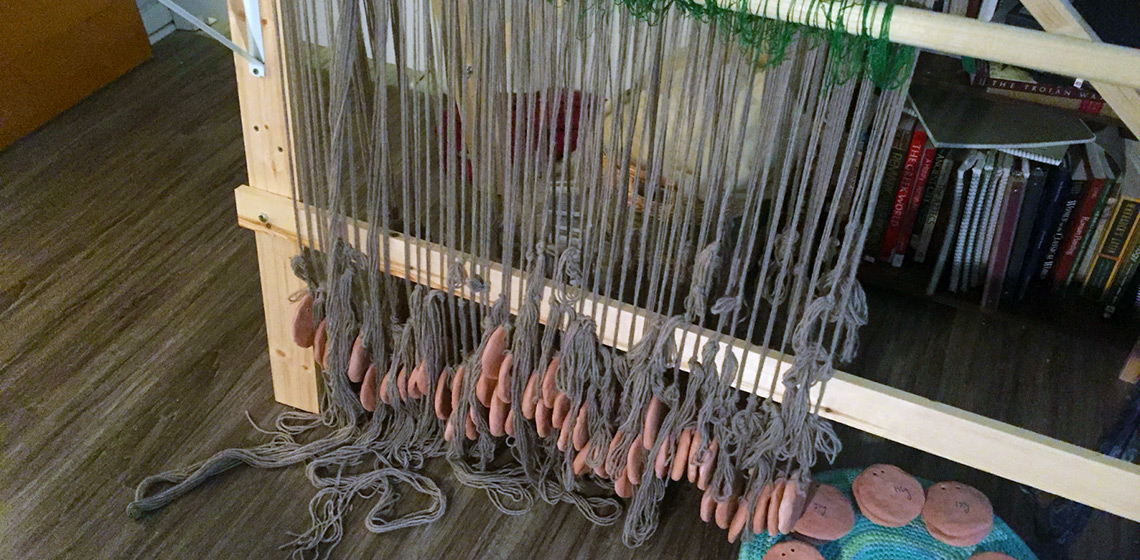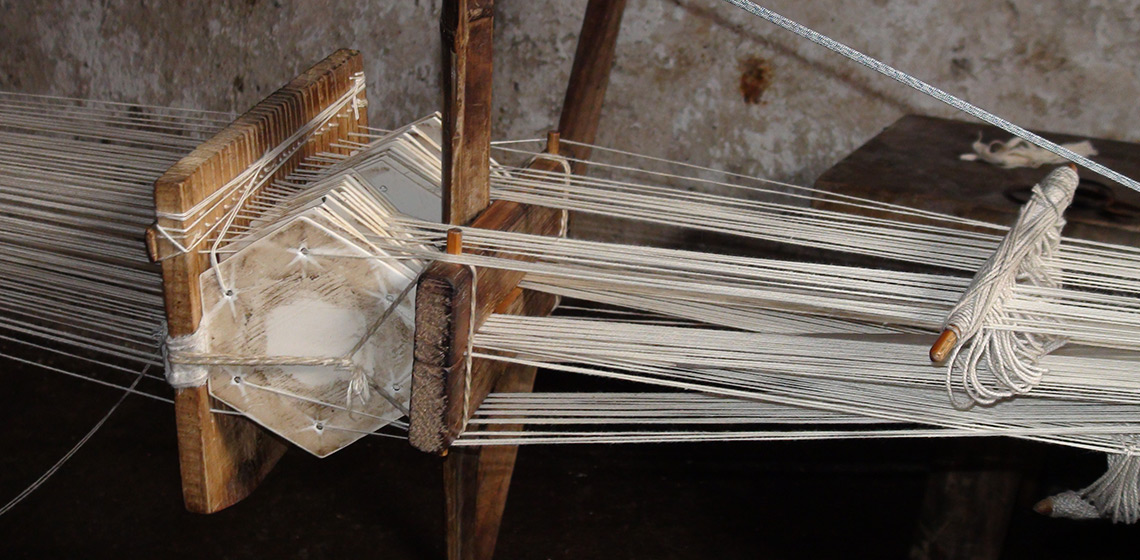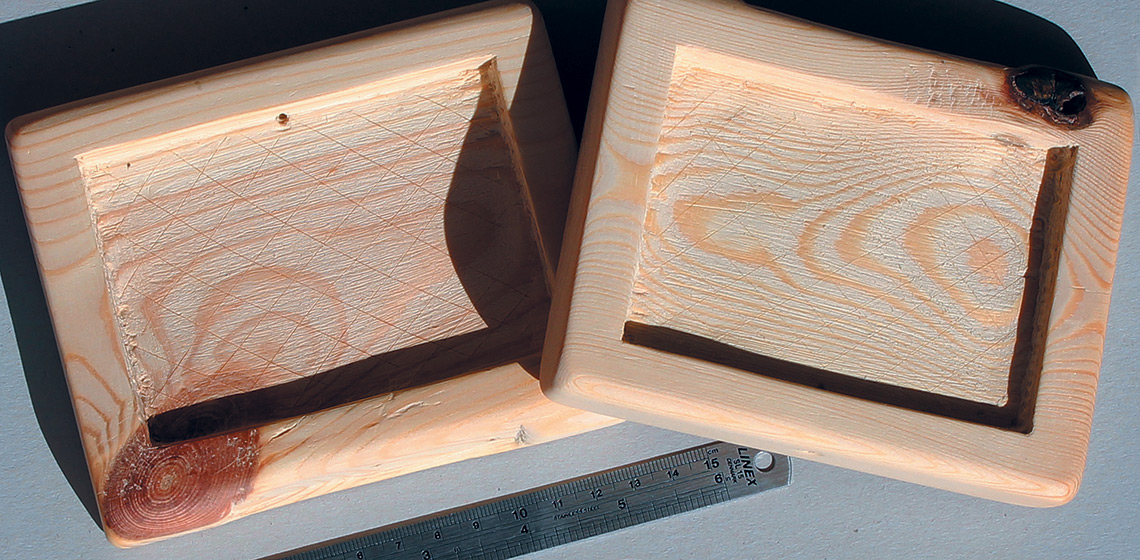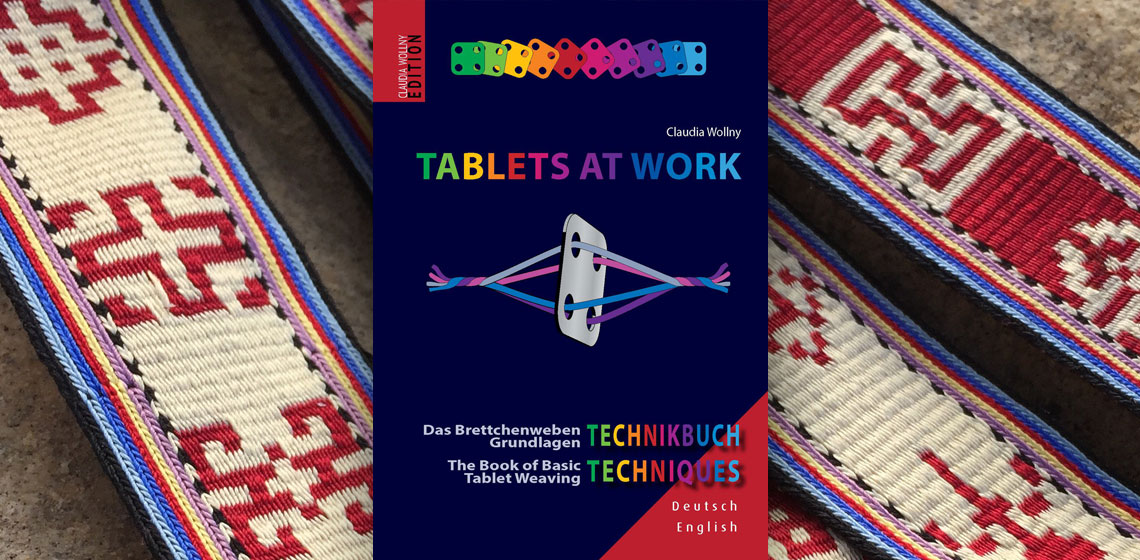tablet weaving
Shaping Minoan Clay Tablets and Hanging Nodules: Contributions from Experimental Research and X-radiography
Publication Date
This paper investigates the potential for experimental archaeology and X-radiography to improve our understanding of the manufacture and use of two categories of prehistoric Cretan administrative clay objects: clay tablets and hanging nodules. The results are encouraging: the simple and three-fold tablet shaping techniques can be distinguished confidently, incised writing that was erased can, potentially, be made visible again and...
Resurrecting a Bog Dress: A Comparative approach to Medieval Textile Construction
Publication Date
In this article we recreated garment 38 from the fourteenth century garments preserved in a graveyard in Herjolfsnes, Greenland to explore the reasons behind the stitching techniques used. Using experimental methodologies, previous knowledge of patterning, and hand stitching techniques, we constructed one half of the garment using modern hand stitching techniques and the other using period techniques...
Tarquinia’s Tablets: a Reconstruction of Tablet-Weaving Patterns found in the Tomb of the Triclinium
Publication Date
Within textile Archaeology several key Etruscan sites provide experimental archaeologists with ample evidence for research and recreation. This project aims to look a the textile patterns themselves, and how these weavers might have created the images found on famous Etruscan paintings...
Book Review: Faserwerkstatt by Doris Fischer
Publication Date
As the title implies, Faser Werkstatt: Traditionelle Textiltechnik mit natürlichen Materialien is a direct and practical book on the historical creation and use of fibers. It is aimed at a casual reader with little to no knowledge or experience with the fiber arts, with detailed instructions on creating and using threads and ropes made from natural fibers...
A Tablet Woven Band from the Oseberg Grave: Interpretation of Motif and Technique
Publication Date
In this article, the intention is to show the documentations behind the reconstruction of a tablet woven band from the Oseberg discovery catalogued as 13B2. Parts of the band are well preserved, and it is possible to interpret motifs and techniques with considerable confidence. Some parts are poorly preserved and are not possible to interpret clearly...
Ancient Greek Weaving, Experimental Archeology on Greek Textiles and Household GDP
Publication Date
#EAC12 World Tour 2021
***This paper outlines the experimental weaving project of an ancient Greek chlamys to investigate the weaving production capacity of a typical household and reconstruct women’s contribution to household GDP in ancient Greece. While some scholars have researched finer textiles and tech-niques based on visual evidence...
***This paper outlines the experimental weaving project of an ancient Greek chlamys to investigate the weaving production capacity of a typical household and reconstruct women’s contribution to household GDP in ancient Greece. While some scholars have researched finer textiles and tech-niques based on visual evidence...
A Shared Warp: The Woven Belts of the Lao Han People, China
Publication Date
The renowned weaver Peter Collingwood briefly mentioned such belts in his book The Techniques of Tablet Weaving (Collingwood, 1982, pp.219-220). Not long before he died in 2008, he contributed a couple of pages on these belts to the book Minority Textile Techniques: Costumes from South-West China (Collingwood, 2007, pp.28-29).
A Short Guide to Making Wax Tablets
Publication Date
A few years ago, I conducted a series of experiments focusing on wax tablets as drawing tools in antiquity (Vlavogilakis, in press. All references to my earlier experiments with wax tablets refer to this paper). When this was over, I decided to create a diptych as a present. The method of making was inspired from examples of tablets and diptychs from different periods: Bronze Age...
Prehistoric Dressing for Third Millennium Visitors. The Reconstruction of Clothing for an Exhibition in the Liptov Museum in Ruzomberok (Slovakia)
Publication Date
There can be various reasons for reconstructing clothing for museum purposes. The most frequent one, as in the case of this paper, is to improve and liven up an exhibition with 3D models (Hendszel et al., 2008), which present the fashion culture of individual periods, nationalities or specific regional features to the general public...
Book Review: Tablets at Work by Claudia Wollny
Publication Date
This 700-plus page book is dedicated to the exploring the basics of tablet weaving. This book will not only allow the reader to understand the step-by-step methods for different tablet weaving techniques but also describes the process behind creating one’s own pattern...

